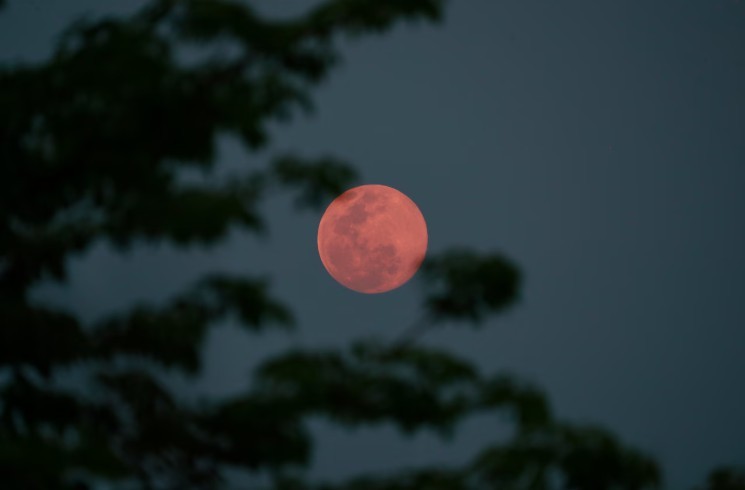What is Snowmoon: Name Origin, Date, Time and Interesting Myths
 |
| What is Snowmoon: Name Origin, Date, Time and Interesting Myths Photo: Dailymail.com |
What is a Full Moon?
A full Moon occurs when the Moon appears as a complete circle in the sky. We see it as a full orb because the whole of the side of the Moon facing the Earth is lit up by the Sun's rays. The Moon produces no visible light of its own, so we can only see the parts of the Moon that are lit up by other objects. A small amount of light comes from distant stars and the reflection of light from the Earth (known as 'Earthshine'). However the main source of light for the Moon is the Sun.
The Moon appears as different shapes in the sky depending on its 'phase', from new Moon to full Moon via 'waxing' (growing) and 'waning' (shrinking) moons. These phases are determined by the relative positions of the Sun, Earth and Moon.
If the Moon is between the Earth and the Sun in its orbit, then the back side of the Moon is lit up and the side facing the Earth is in darkness. This is called a new Moon.
If the Moon is on the opposite side of the Earth to the Sun, then the near side of the Moon will be fully lit up: a full Moon, Rmg noted.
Why is it called a Snowmoon?
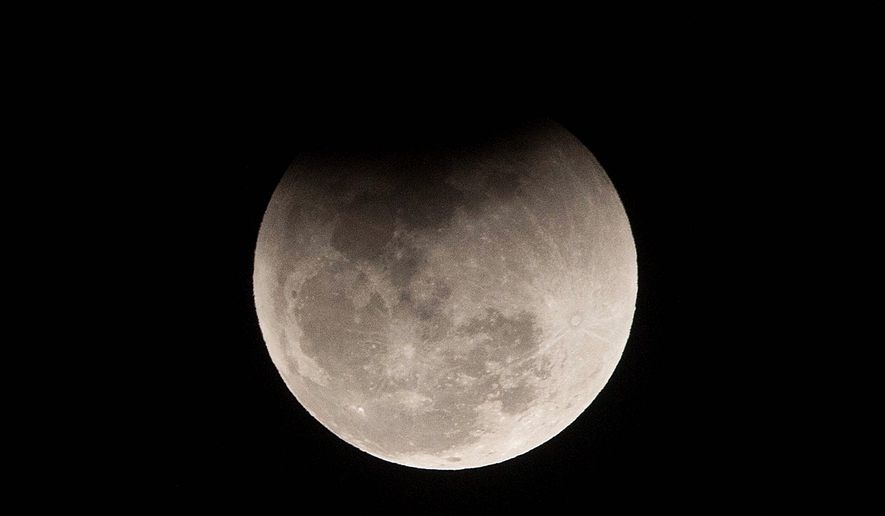 |
| Photo: Washingtontimes.com |
The full Moon names used by The Old Farmer’s Almanac come from a number of places, including Native American, Colonial American, and European sources. Traditionally, each full Moon name was applied to the entire lunar month in which it occurred, not just to the full Moon itself.
The explanation behind February’s full Moon name is a fairly straightforward one: it’s known as the Snow Moon due to the typically heavy snowfall that occurs in February. On average, February is the United States’ snowiest month, according to data from the National Weather Service. In the 1760s, Captain Jonathan Carver, who had visited with the Naudowessie (Dakota), wrote that the name used for this period was the Snow Moon, “because more snow commonly falls during this month than any other in the winter.”, Almanac expressed.
Alternative February Moon Names
Names for this month’s Moon have historically had a connection to animals. The Cree traditionally called this the Bald Eagle Moon or Eagle Moon. The Ojibwe Bear Moon and Tlingit Black Bear Moon refer to the time when bear cubs are born. The Dakota also call this the Raccoon Moon, certain Algonquin peoples named it the Groundhog Moon, and the Haida named it Goose Moon.
Another theme of this month’s Moon names is scarcity. The Cherokee names of Month of the Bony Moon and Hungry Moon give evidence to the fact that food was hard to come by at this time.
When to see the Full Snowmoon in February 2021?
| February’s full Snow Moon reaches peak illumination at 3:19 A.M. EST on Saturday, February 27. For the best view of this Moon, look for it on the night of Friday, February 26; it will drift above the horizon in the east around sunset and reach its highest point in the sky around midnight. |
Full Moon calendar 2021
| FULL MOON DATE AND TIME | FULL MOON NAME |
|---|---|
| 28 January (7.16pm) | Wolf Moon |
| 27 February (8.17am) | Snow Moon |
| 28 March (7.48pm) | Worm Moon |
| 27 April (4.31am) | Pink Moon (supermoon) |
| 26 May (12.13pm) | Flower Moon (supermoon) |
| 24 June (7.39pm) | Strawberry Moon |
| 24 July (3.36am) | Buck Moon |
| 22 August (1.01pm) | Sturgeon Moon |
| 21 September (12.54am) | Full Corn/Harvest Moon |
| 20 October (3.56pm) | Hunter's Moon |
| 19 November (8.57am) | Beaver Moon |
| 19 December (4.35am) | Cold Moon |
Interesting Myths and Legends
Lunacy
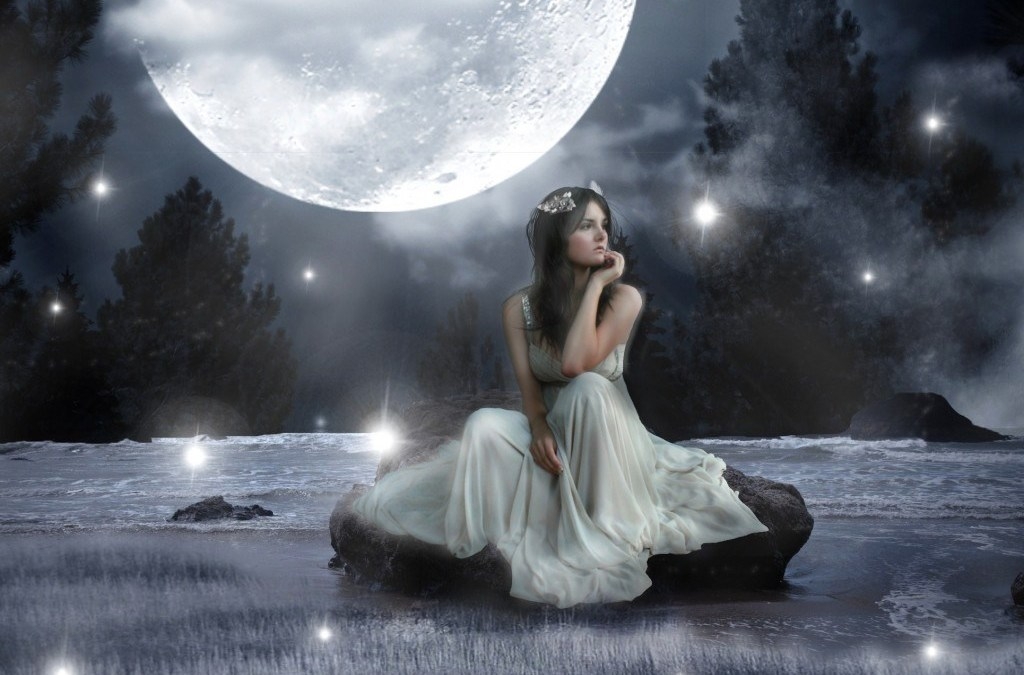 |
| Photo: Moonology.com |
For hundreds of years, many people have believed that there is a connection between a full moon and mania. In fact the word ‘lunacy’ comes from the Roman goddess of the moon, Luna, who was said to ride through the sky each night.
While there’s little to no scientific evidence that supermoons cause this, studies have shown that on the night of a full moon there’s a rise in both suicides and epileptic seizures. The reason for this remains unclear.
Effects on menstrual cycles
 |
| Photo: In.mashable.com |
Several early civilisations believed that women’s menstrual cycles were controlled by the moon. Ancient Assyrian texts even contained advice on when women were most fertile, according to the different phases of the moon. Moon deities, including the Incan Quilla, were also thought to have an effect on women’s fertility and reproduction.
Supermoons affect surgery outcomes
In 2009, a study published in Anaesthesiology looked at whether the moon’s phase has any effect on surgery outcomes. The researchers looked at the outcomes of 18,000 coronary artery bypass graft surgeries, and compared them to the phase the moon was in when they were performed. Unsurprisingly, the results showed no link between the two.
Werewolves
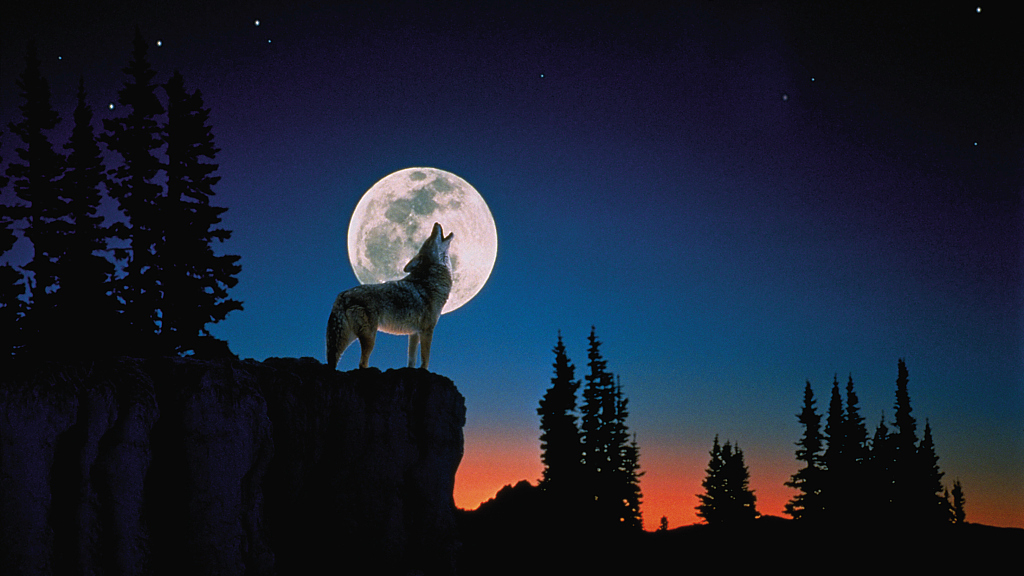 |
| Photo: CGTN.com |
They’ve been the subject of many of horror film, and some people believe that werewolves could come out during this supermoon. The legend can be traced back to Germanic paganism, in which the initiation of warriors was linked to the transformation of man into a wolf. Selene, the Greek goddess of the moon, was also said to keep the company of wolves, while the North American Seneca tribes believed that wolves sang the moon into existence, Mirror sited.
A Welcome Reminder
| At the vicinity of full moon, the moon rises around sunset, climbs highest in the sky around midnight, and sets around sunset. This February 2021 full moon – on the night of February 26-27 – is near the star Regulus in the constellation Leo. For us in the Northern Hemisphere, the path of the Snow Moon across our sky is a welcome reminder of the longer summer days to come, Earthsky noted. |
* If you find the given information interesting, click the links below for more related knowledge:
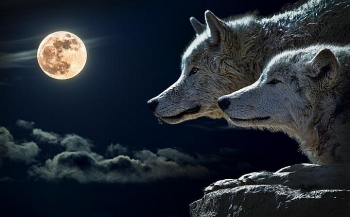 When You can See "Wolf Moon" anh How to Watch - The first full moon of 2021 When You can See "Wolf Moon" anh How to Watch - The first full moon of 2021 When You can See "Wolf Moon" - How to Watch The first full moon of 2021 will light up the night sky on Thursday, ... |
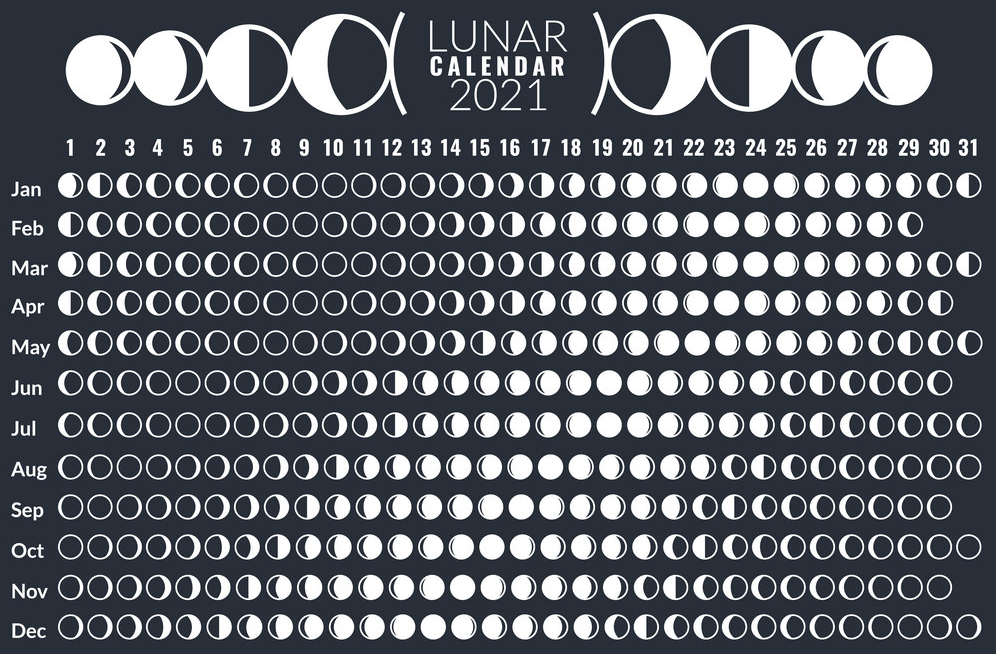 Lunar calendar 2021 – Moon Phases 2021 – Chinese Calendar in Full Detail Lunar calendar 2021 – Moon Phases 2021 – Chinese Calendar in Full Detail The Chinese calendar is formed on the movement of the moon and the sun. The traditional Chinese calendar is widely used to define 24 solar ... |
 FACTS about Full Wolf Moon in Late January 2021 FACTS about Full Wolf Moon in Late January 2021 The Full Wolf Moon rises on Thursday, January 28 is the very first full moon of 2021. Learn more about when, where, and how to ... |

